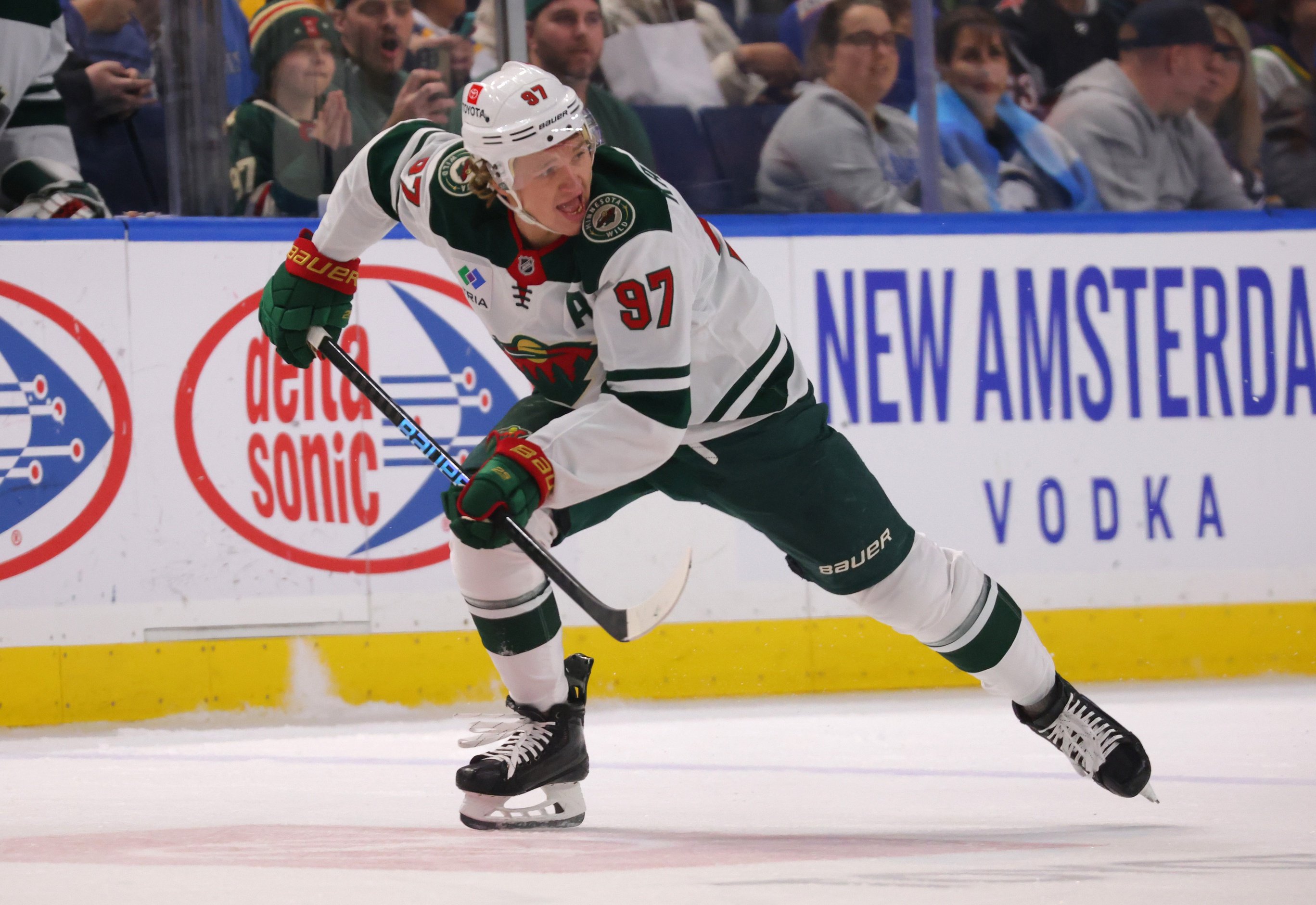
On Monday, the NHL announced its new partnership with Electronic Arts Inc. to integrate official NHL EDGE data into EA SPORTS™ NHL® 26.
For forwards, NHL EDGE tracks data like skating speed, shooting percentage, and shot speed. It also shows how players rank in the league by percentile. The announcement noted that it will use that data to tailor players, so users “will notice significant differentiation between superstar athletes.”
So, will we get to see Kirill Kaprizov’s unique skating style and ability in the game?
Kaprizov spent the majority of the 2024-25 season injured. Still, he managed to come in 3rd for points on the roster with 56 over just 41 games. He’s often praised for his incredible shot and hockey sense, which have turned him into an elite player.
Kaprizov manages to bank the puck off the goalie into the net. Fortunately, for players sitting on their couch, all they have to do his hit the “B” button to score like that.
A glance at Kaprizov’s NHL EDGE stats doesn’t indicate he’s one of the NHL’s best skaters. His top skating speed and speed bursts over 20 mph are both below the league average for forwards.
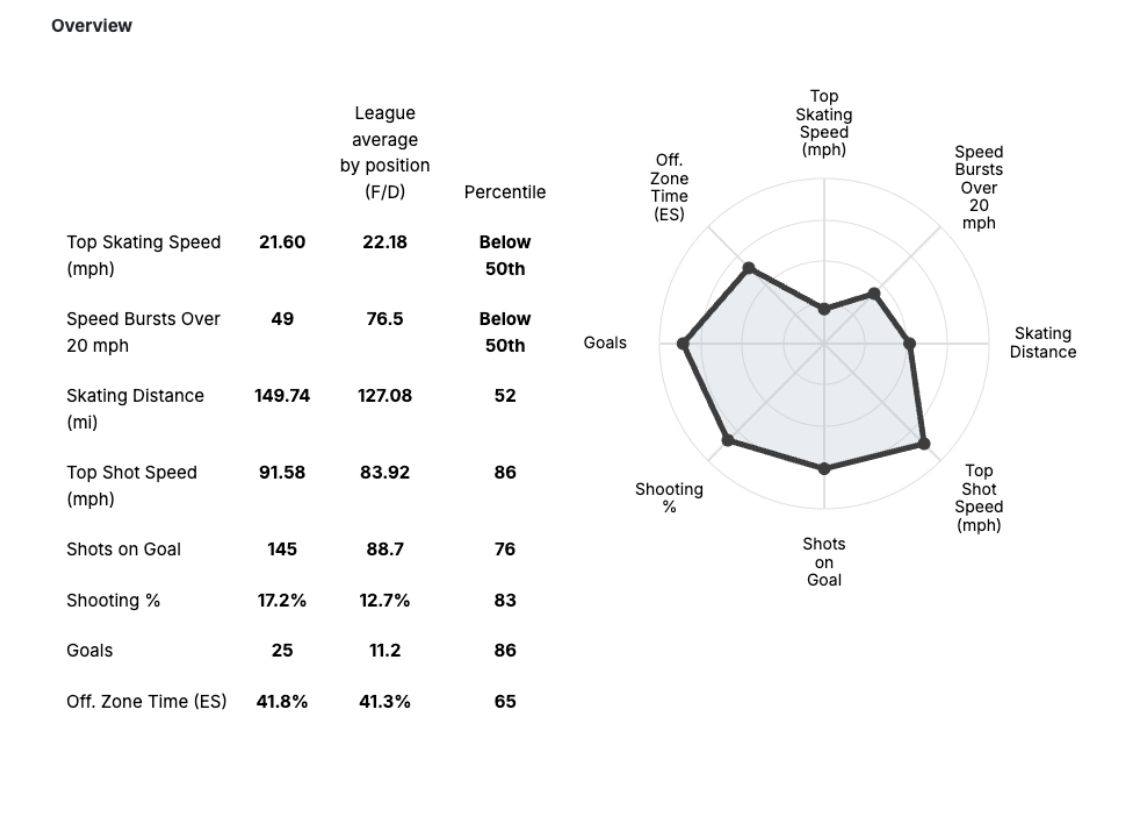 Kaprizov’s skating distance of 149.74 miles is above the average for forwards at 127.08. In 2023, he set the forward record for longest distance skated in a single game at 4.87 miles, although Rasmus Dahlin surpassed him with 4.91 miles in 2024. While these are cool stats, they don’t translate perfectly into a video game.
Kaprizov’s skating distance of 149.74 miles is above the average for forwards at 127.08. In 2023, he set the forward record for longest distance skated in a single game at 4.87 miles, although Rasmus Dahlin surpassed him with 4.91 miles in 2024. While these are cool stats, they don’t translate perfectly into a video game.
More importantly, hockey isn’t just a foot race. If these stats are all they integrate into NHL 26, it won’t reflect his skating ability at all. Kaprizov’s edgework and unique style make his skating one of his most powerful assets.
At 5-foot-10, Kaprizov is short for the NHL, but he makes up for it by using his edges defensively. In the clip below, he shows elite puckhandling skills, but he’s also in a wide stance. He has strategically positioned himself so that his legs block his opponent’s sticks from knocking him off the puck.
One of Kaprizov’s notable skating skills is his 10-2 form, also called a mohawk. The position is called 10-2 because the player's skates resemble the numbers 10 and 2 on a clock, both facing outward. Kaprizov often uses this position to protect the puck or to see the play unfold in front of him when he’s behind the net, as he does below.
He also finishes the play in the 10-2 position, managing to turn, stop and shoot by putting force on his left foot. Hockey players typically transfer weight from their back foot to their front when they shoot, but Kaprizov can find leverage off his back foot alone and score.
Kaprizov also uses this to block his opponent and gain full control of the ice. Here, he enters the zone first, and 2 Colorado Avalanche close in on him. He mohawks to put himself between the puck and the opponent until he can pass to Ryan Hartman, who shoots and scores.
Again, Kaprizov turns in a mohawk and uses that momentum to pass to Hartman.
While most NHL players can grow a mohawk, few can do it at this speed and gain momentum from it like Kaprizov. Sidney Crosby is one of the few other notable players who regularly use this move.
Mohawks and the wide stance would be a really cool ability to add to the game, especially if it were unique to players like Kaprizov and Crosby. Having the hockey instinct to pull that sort of move would translate more into the virtual gameplay. It would also make creating a team more realistic and better reflect the player’s style. However, we may need to wait for an update to provide that level of detail.
The game announcement states that it will take data from NHL EDGE to influence “player attributes and personal tendencies like skating speed, shot power [and] signature playstyles.” Speed alone is easy to factor into the game, but it would probably hinder Kaprizov as a game character because he technically has below-average speed.
NHL 26’s gameplay system, ICE-Q 2.0, notes that both human and AI players will have expressions on the ice and even shows a player doing a mohawk.
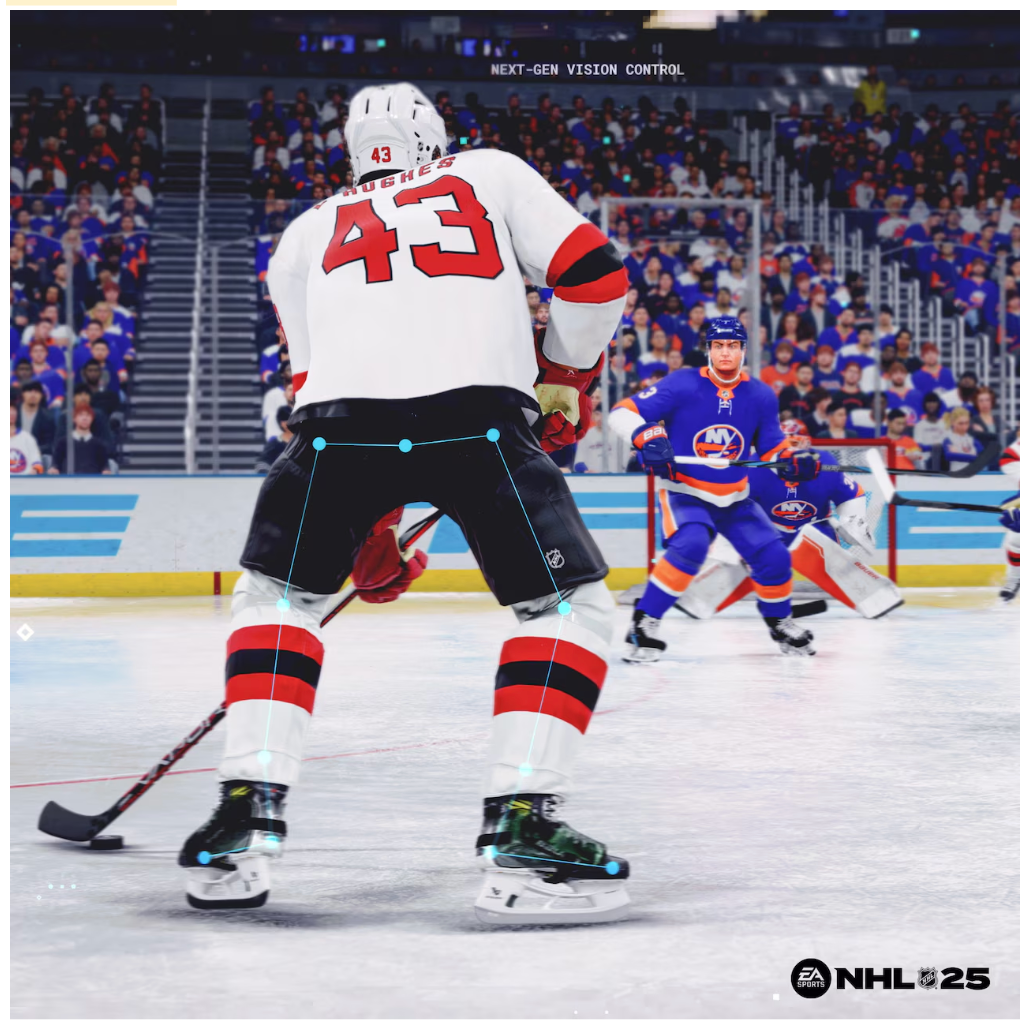
Mohawking appears to be a character animation, rather than something the player can control and utilize as a strategy. The new version allows players to use more general moves, like walking the blue line or staying locked on the goal. It’s more likely we’ll see mid-tier skating for Kaprizov’s character.
NHL players have so much character and their own playing styles, so it’s exciting to see NHL 26 try to emulate that and show a more discernible difference between game characters. Hopefully, we can see the “real-world player tendencies” in the game and the style of Kaprizov’s skating, even if the player doesn’t have total control. Maybe we’ll even get a cut scene of a shirtless Jake Middleton interview.
Think you could write a story like this? Hockey Wilderness wants you to develop your voice, find an audience, and we'll pay you to do it. Just fill out this form.
-
 3
3



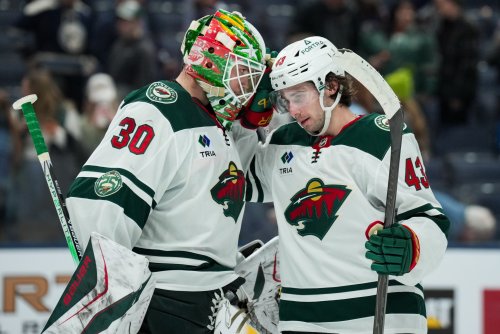
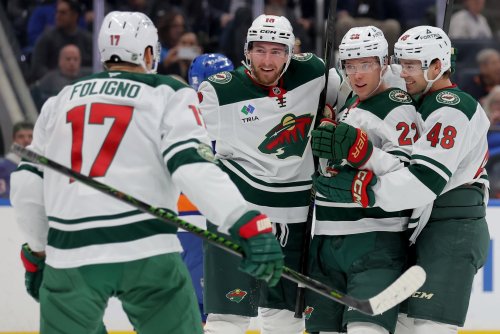

Recommended Comments
Join the conversation
You can post now and register later. If you have an account, sign in now to post with your account.
Note: Your post will require moderator approval before it will be visible.